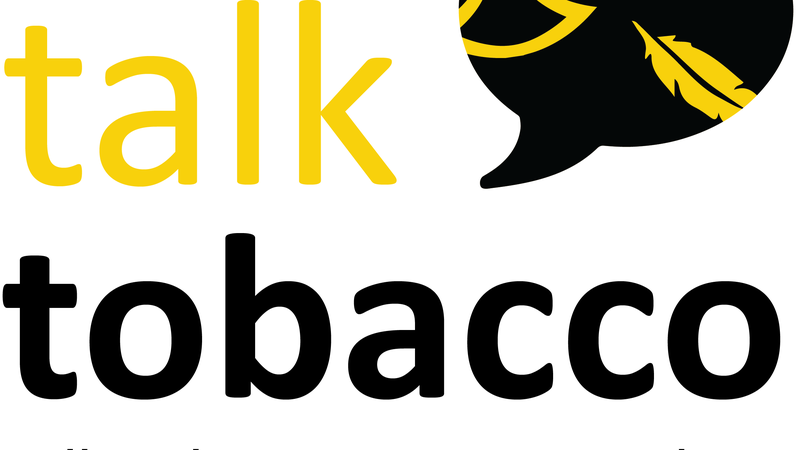
Rare solar event to be visible Monday in parts of Canada
On Monday, many people in Saskatchewan will be able to view a solar eclipse.
A solar eclipse is when the moon passes between the Earth and the sun, blocking the sun from view for parts of the globe. The eclipse is either total or partial, depending on where you are on the planet.
The type of eclipse people experience will depend on where they are in the country when it happens. Many people in Saskatchewan won’t get to view the full total eclipse as it will mainly impact people in Eastern Canada, but we will get to see a partial one.
Brent Burlingham of the Royal Astronomical Society of Canada in Saskatoon, said this year’s event is largely different from most.



